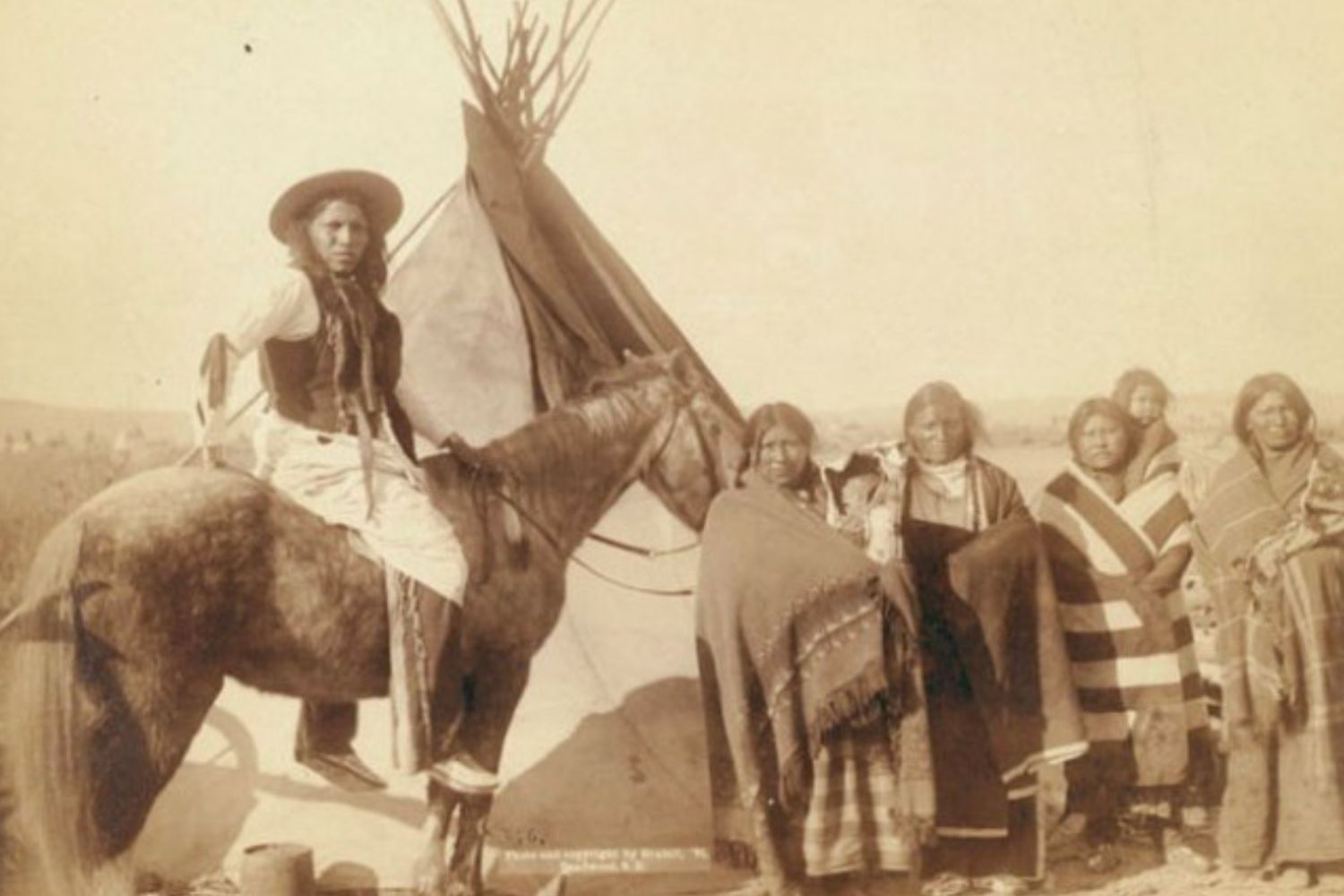Not just the Shoah... Among many tragedies, there is another massacre, the one that no one talks about, the one that does not restore dignity to the victims: the genocide of the Native Americans (which began on February 1, 1876), in which around 100 million people lost their lives amid general indifference...

Throughout the world, International Holocaust Remembrance Day is observed to commemorate the horrors inflicted upon Jewish victims by the Nazis. However, another genocide—one that remains largely unspoken—began on February 1, 1876. On this date, the United States declared war on the Sioux people, who refused to abandon their ancestral lands after gold was discovered there.
Before the arrival of Western settlers, the American continent was home to numerous indigenous ethnic groups, many of which were nearly wiped out. What has been called “500 years of war” led to the deaths of approximately 100 million people, erasing cultures, traditions, and unique natural environments. Native populations were decimated through warfare, diseases such as smallpox, starvation, and the destruction of their homelands.
The so-called “discovery of America” marked the beginning of the end for indigenous communities. Some historians argue that the methods used to exterminate Native Americans later served as an inspiration for Adolf Hitler’s Nazi policies against Jewish people. Despite its devastating impact, this dark chapter of American history remains largely overlooked and underrepresented in official historical accounts.

The entire American continent underwent a radical transformation with the arrival of Christopher Columbus and European colonizers, who executed atrocities comparable to those committed by Hitler in concentration camps. According to various historical sources, the Nazi dictator found inspiration in the American genocide of indigenous peoples when devising his horrific plan to exterminate Jewish communities in favor of an Aryan race.
A genocide met with widespread indifference
From the very beginning, the attitude toward indigenous people was clear: the colonizers saw themselves as superior beings, deeming the natives “savages in need of civilization.”
As early as the 16th century, diseases such as smallpox, influenza, chickenpox, and measles were introduced to the Americas by European settlers. These illnesses, which had never before existed on the continent, ravaged indigenous populations. Unlike Europeans, who had developed immunity, Native Americans had no natural defenses, leading to catastrophic mortality rates. It is estimated that nearly one-tenth of the entire global population perished as a result.
But what was the driving force behind this horror? While numerous factors played a role, they were all connected by one underlying motive: the desire to seize indigenous lands and resources. Although these mass killings were often justified on ideological grounds, they were ultimately a means of territorial expansion and economic gain.
During the American Civil War, one of the most brutal and unforgettable massacres was the Sand Creek Massacre, which occurred on November 29, 1864, during the Colorado War. On that day, 700 U.S. soldiers, under the command of Colonel John Chivington, attacked 600 Native Americans from the Southern Cheyenne and Arapaho tribes. This assault took place despite peace treaties being in place with local tribal leaders. Women and children were slaughtered in a merciless act of violence, leading to multiple investigations by the U.S. Army.
Unfortunately, the persecution of indigenous peoples has not ended. As numerous investigations have revealed, indigenous communities in South America are still being evicted, threatened, and murdered by gold miners, cattle ranchers, and illegal loggers. Many indigenous groups are now facing a new genocide—one that the world continues to ignore.
